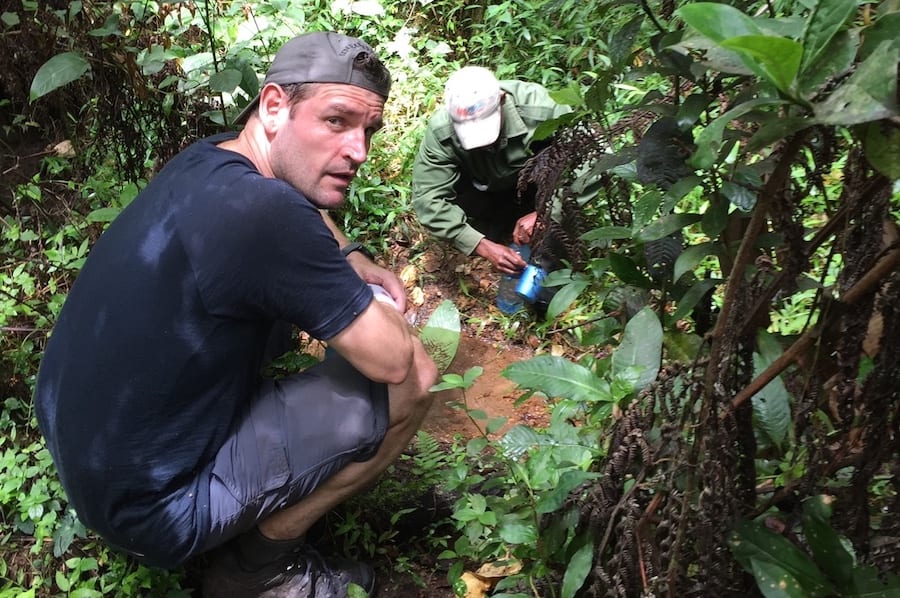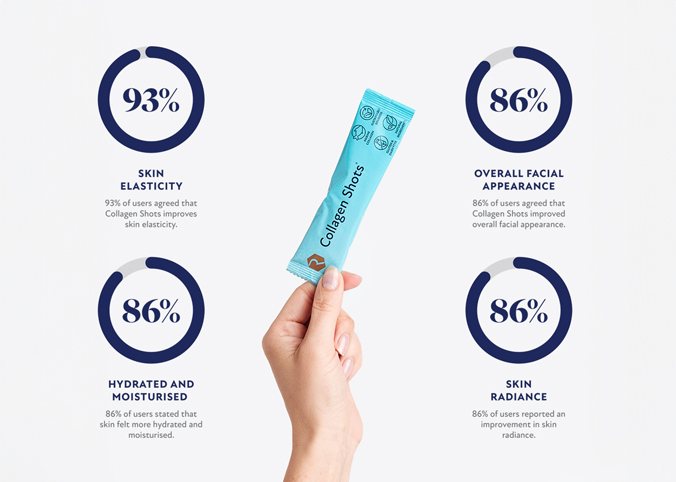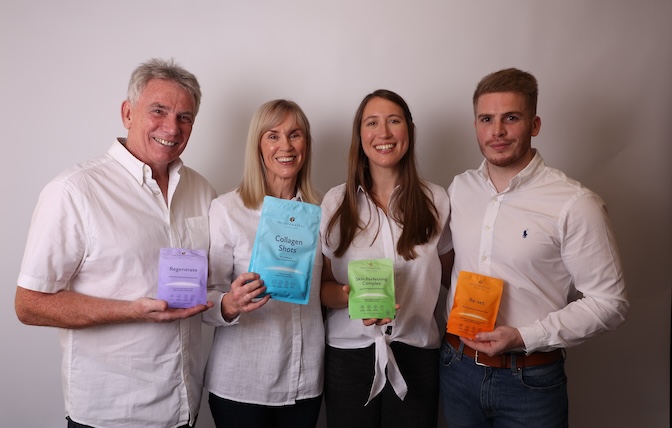How to stay hydrated in extreme conditions

Hydration is of the utmost importance on expeditions, not only to operate, but also to survive. As we all know, the human body can last a lot longer on water than on food alone. In extreme environments, you must know where your natural water sources are and use them effectively.
On my expeditions, I’ve witnessed the impact of hydration being underestimated. In 2013, I was part of an expedition to traverse Mt Elbrus. At over 5,000m, it’s the highest mountain in Russia and Europe, and is one of the Seven Summits. As well as the traverse, the plan was to summit the mountain as well.
As the expedition was self-supported, you had to melt ice to take on fluids and also boil for food. One tent’s admin was extremely poor, and they failed to prepare appropriately for our final push to the summit. This ultimately led to severe fatigue for one climber, who became delirious and had to be evacuated off the mountain. Another climber and I had to drag his rucksack whilst others roped themselves to him.
The summit climb was cancelled as he needed urgent medical attention, which was extremely disappointing as a lot of us had given it our all to get to this point.
More recently, I found myself in the depths of the Sierra Leone jungle. At 40 degrees and 90% humidity, you’d quickly find yourself in a lot of trouble if you ran out of water. Here, the importance is knowing the terrain and where the fast-flowing water sources are (stagnant pools are a last resort due to bacteria being able to thrive). To combat against this, we’d use chlorine tablets or water bottles with built-in purifying filters, making water safe to drink.
Without this ability and water sources in the jungle, it would lead to fatal consequences.
Discover more on Stuarts 5050 expedition.






